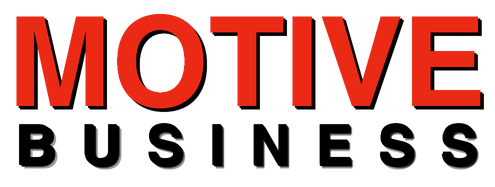Catching our ad, deciding to bring us into their consideration, and eventually depositing with us isn’t just ONE decision; it is a process that ALL of your customers will experience while interacting with you. Making better decisions for a person or organization requires an understanding of several styles of decision-making tools. In this blog post, we will go into detail on the 5 main decision-making types, trying to explain how they work and when it is better to use each of them.
1. Rational Decision-Making
It is a logical and analytical method of making decisions that follow specific approaches. It is the development of a decision-making tools framework based on the idea that facts and objective data should serve as the foundation for decisions. This is generally a multi-step process, starting with the identification of an issue or problem and ending with implementing or choosing between options or actions to address it.
It is the development of a decision-making tools framework based on the idea that facts and objective data should serve as the foundation for decisions. An example is to use rational decision-making for a business in finding the best strategic marketing by utilizing trends, customer behavior, and competitive positioning. This is a technique that you would want to use in complex scenarios where, after all the analysis, it should result in an informed decision.
2. Intuitive Decision-Making
Rather than performing significant data analytics, intuitive decision-making tools is dependent on instinct and gut feelings. It is the spontaneity of this decision-making that makes it unrealistically plausible under time constraints to take timely and immediate action. A lot of this is based on intuition in which you pull from your past experiences, emotional intelligence, and even some subconscious ideas.
Although intuitive decision-making tools is first seen to be less structured than rational methods, highly knowledgeable individuals can set criteria and it may be the most effective approach to make decisions in situations where experience defines crucial time. A veteran firefighter might trust his gut to read a changing fire scene and act swiftly in making the most life-saving moves.
3. Collaborative Decision-Making
It was a way for many people to collaborate in making one decision. Businesses that require input from numerous stakeholders while making decisions frequently employ this approach. This usually involves a transparent exchange of views, some ideas, and compromise until you reach a consensus.
Consensus-based decision-making tools is good for decisions that require a variety of expertise and therefore have an impact on all parties involved. For example, a collaborative decision would be when an organization wants to launch a new product and involves teams in marketing, design, engineering, and customer services within the project. This means maximizing the input of perspectives to make a more rounded and fair decision.
4. Delegated Decision-Making
This is where a leader or manager gives decision-making tools rights to someone else on their team. Group decision-making is well known for fostering mutual trust, the development of leadership skills, and self-empowerment among members. Outsourcing the decisions by having your team members make routine or specialized decisions frees you up to attend to more strategic issues.
Sometimes a leader wishes to empower team members by allowing them to make decisions within their circle, or in cases where a decision must be made based on a person’s specific knowledge. For instance, a project manager may assign decision authority for software development to the technical lead so that she can focus on tuning overall project coordination.
5. Heuristic Decision-Making
On the other hand, heuristic decision-making tools is using shortcuts (also known as mental rules of thumb) to make decisions rapidly and easily. These are the characteristics of making decisions in conditions where there is little time and a need to decide quickly, taking into account experience patterns. Heuristics are not fail-proof, but they help in simplifying complex decisions and reduce the cognitive load on a decision-maker.
Heuristic decision-making tools is something most people experience in their day-to-day lives, relying on past experiences or simple palpable strategies to choose without much deliberation. For example, a consumer might make a heuristic decision to pick the brand they know rather than spending time researching all choices. While it might not always result in the best decision, this process is often convenient and time-efficient.
Conclusion
Knowing the various types of decision-making processes will aid you in understanding their complexities and the different decisions that people can make. Every kind of decision-making has pros and cons, and it would be more suitable depending on your situation. Rational decision-making tools works best in situations that require thorough analysis, while intuitive decisions are more valuable during fast-paced activities. Builds inclusivity and consensus, while delegated decision-making creates empowerment of others and organizational leadership. Heuristic decision-making tools, by contrast, presents a broad guide to near-instant decisions when time is an issue.
Learning to identify and use the right kind of decision-making tools strategies for different situations can help businesses strengthen their processes by delivering better decisions that enable successful business results.



Leave feedback about this